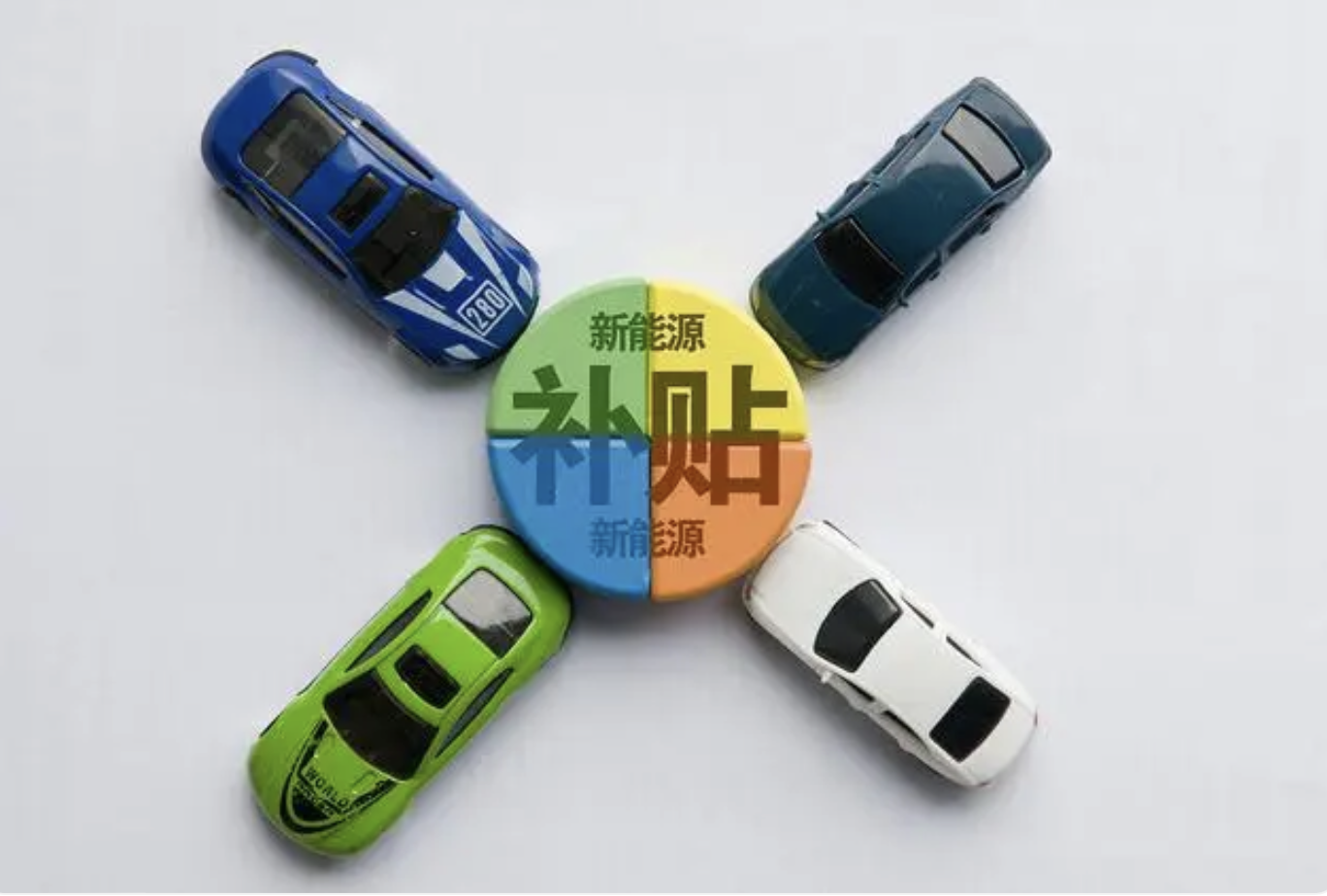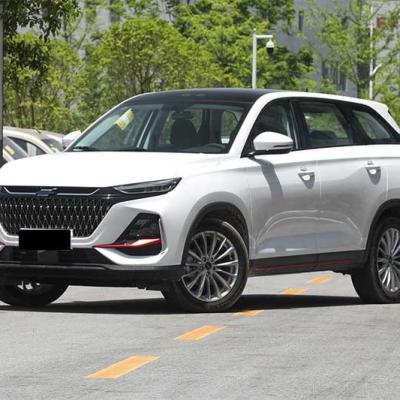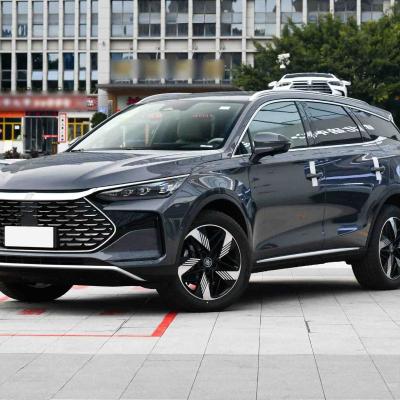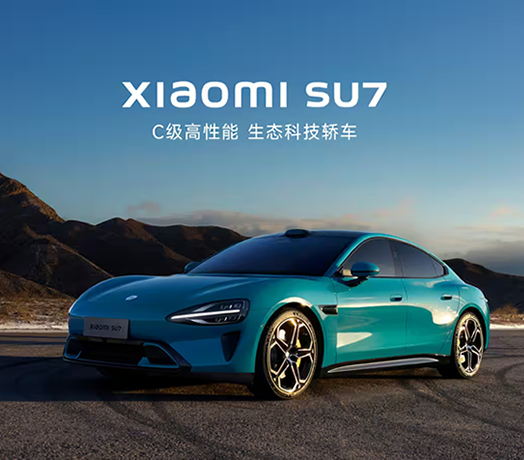The Evolution and Future Prospects of China’s New Energy Vehicle Industry

China’s new energy vehicle (NEV) industry has experienced a remarkable journey, evolving from a nascent sector into a global powerhouse. This article explores the major phases of this journey, highlighting key milestones, policy influences, and technological advancements that have shaped its path.
1. Exploration Period Before 2013
Early Beginnings:
The inception of China’s NEV industry dates back to the early 2000s when electric vehicles were included in the “863” program, a major national research initiative. This program allocated significant resources to develop pure electric, hybrid, and fuel cell technologies, setting the foundation for future growth.

Development and Policies:
Key policies such as the 2004 “Automobile Industry Development Policy” encouraged the development of eco-friendly vehicles. The inclusion of electric buses in the 2005 “Vehicle Production Enterprise and Product Announcement” and the introduction of the 2007 “New Energy Vehicle Production Access Management Rules” further solidified the industry’s regulatory framework.
Milestones:
The 2009 launch of the “Ten Cities, Thousand Vehicles” initiative marked a significant milestone, signaling the start of NEV commercialization in China. Despite challenges, this initiative laid the groundwork for broader adoption and industrial growth.

2. Wild Growth Period (2013-2017)
Market Expansion:
The year 2013 marked the full-scale launch of China’s NEV industry. Driven by generous government subsidies, tax exemptions, and favorable policies, the market witnessed rapid expansion. NEVs quickly gained traction, benefiting from the absence of purchase restrictions and traffic limitations imposed on traditional vehicles.
Challenges:
However, this period was also characterized by speculative practices and an immature technology platform. Many companies entered the market with short-term gains in mind, leading to a proliferation of micro-electric vehicles that, while popular, often fell short in terms of quality and performance.

3. Shakeout and Consolidation Period (2018-2020)
Market Consolidation:
Starting in 2018, the industry underwent significant consolidation. The substantial reduction in subsidies in 2019 forced many weaker players out of the market, paving the way for more sustainable growth. This period saw a shift towards long-range and high-end models, with an increasing focus on meeting consumer expectations.
Shift in Market:
The year 2020 marked a turning point, as NEVs began to gain acceptance among private consumers. This shift was driven by the introduction of more consumer-friendly models, enhanced performance, and a growing network of charging infrastructure.

4. Competitive and Rational Development Period (Post-2021)
Increased Competition:
With the gradual phasing out of subsidies, the NEV market entered a new phase characterized by intense competition and rational development. The resurgence of second-generation micro-electric vehicles and the introduction of high-end models by companies like NIO, Li Auto, Xpeng, and Tesla highlighted this period’s diverse market offerings.
Technological Advances:
Technological innovation continued to drive the industry forward. Advances in battery technology, electric powertrains, and intelligent vehicle systems significantly improved vehicle performance and user experience. The introduction of models with extended range capabilities and rapid charging solutions addressed earlier consumer concerns, making NEVs more practical for everyday use.

Key Trends in China’s NEV Industry
1.Market-Driven Growth:
Following the end of purchase subsidies, the NEV industry entered a phase of commercialization and scaling. In 2022, China produced 7.06 million NEVs and sold 6.89 million, representing over 60% of global sales. This growth is expected to continue as consumer acceptance and technological advancements drive demand.
2.Globalization:
Chinese NEV companies are increasingly playing a significant role in the global automotive supply chain. In 2022, NEV exports increased by 120% to 679,000 units. Chinese brands are not only gaining market share domestically but also expanding their presence internationally, benefiting from strong production capabilities and competitive pricing.
3.Accelerated Technological Innovation:
Continuous investment in research and development has led to significant breakthroughs in electrification and smart technology. Innovations in battery efficiency, electric drivetrains, and autonomous driving technologies have positioned Chinese NEVs at the forefront of the industry.
4.Enhanced Brand Competitiveness:
Chinese brands are narrowing the gap with international competitors in terms of technology and quality. Through strategic investments in research and development, product quality improvement, and effective marketing, Chinese NEV brands are becoming more competitive globally.
5.Evolving Industry Ecosystem:
The NEV industry is transitioning from a traditional linear supply chain to a networked ecosystem involving multiple sectors. The integration of automotive, energy, transportation, and information communication industries is fostering collaboration and innovation, leading to the development of new business models and services.
6.Defining Future Automotive Development:
China’s influence in the NEV sector is growing, positioning the country to play a crucial role in defining the future of the global automotive industry. China’s market is becoming a testing ground for new technologies and business models, shaping the direction of automotive development worldwide.
China’s NEV industry is entering a new stage of large-scale, globalized, high-quality development. Supported by national policies, market demand, and corporate innovation, the industry has a bright and expansive future ahead. As technological advancements continue and global integration deepens, China’s NEV industry is poised to lead the way in sustainable transportation, driving the future of the automotive world.










